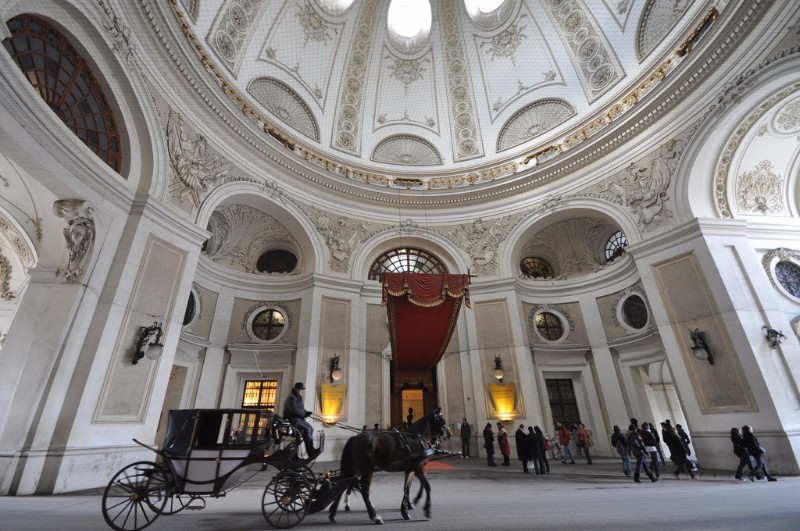This content is Read more [...]
Sissi Museum
Museum Category: Museos
-
This content is only available in English.
Please suggest a new version in your language.
Elisabeth of Austria (24 December 1837 10 September 1898) was the wife of Emperor Franz Joseph I, and thus Empress of Austria, Queen of Hungary and Queen consort of Croatia and Bohemia.Born into Bavarian royalty, Elisabeth (Sisi) enjoyed an informal upbringing, before marrying Franz Joseph when she was 16 years old. The marriage catapulted her into the much more formal Habsburg court life, for which she was ill-prepared and which she found uncongenial. Early in the marriage she was at odds with her mother-in-law, Princess Sophie, who took over the rearing of Elisabeth’s daughters, one of whom died in infancy. The birth of a male heir Rudolf improved her standing at court, but her health suffered under the strain, and she would often visit Hungary for its more relaxed environment. She came to develop a deep kinship with Hungary, and helped to bring about the dual monarchy of AustriaHungary in 1867.
The 1889 death of her only son Rudolf, and his mistress Mary Vetsera, in a murdersuicide tragedy at his hunting lodge at Mayerling, was a shock from which Elisabeth never recovered. She withdrew from court duties and travelled widely, unaccompanied by her family. She was obsessively concerned with maintaining her youthful figure and beauty, this obsession taking the form of, among other things, a requirement that she be sewn into her leather corsets and spending two or three hours a day on her coiffure. While travelling in Geneva in 1898, she was stabbed to death by an Italian anarchist who selected her because he had missed his chance to assassinate Prince Philippe, Duke of Orleans, and wanted to kill the next member of royalty that he saw. Elisabeth was the longest serving Empress-consort of Austria, at 44 years.
Este artículo también está disponible en: Inglés Italiano Francés Alemán Portugués, Portugal Ruso
-
Recommended Reservation: No
-
-




0 Comments on “Sissi Museum”